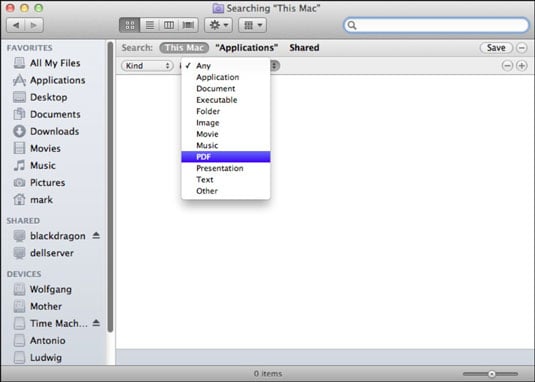Test Dummy Mac OS
Documentation
Well, it is a rumor, right? Nothing is confirmed based off these dummy units. I think 50% of the time when we see dummy units surface on the iPhones, iPads, etc., they’re generally never factual entirely. We’ve seen this time and time again from Macrumors reports over the years. Macs For Dummies, 13th Edition is the ultimate guide to your Mac, fully updated to include information about the latest updates. The book walks you through troubleshooting, syncing mobile devices, integrating Windows, and more, so you can take advantage of everything Macs have to offer.
- Getting Started
- Reference
- Bundles
- Contribute
For Beginners
Mac OS X doesn't ship with its own copy of MySQL, nor does Sequel Pro. You will have to install a copy on your local machine, or connect to the MySQL server on a machine somewhere on the Internet.
Most webservers and website packages will include a MySQL installation as part of the services they provide, and usually provide external connection details to allow you to connect to them in an external program like Sequel Pro. (See Web Hosting Providers for a list of hosting options).
There are several different ways to install MySQL on Mac OS X. We have provided links to the most common installation methods for Mac OS X.
Using the official .pkg installer
This is the fastest method for installing MySQL on your Mac, but only available for Intel processors. MySQL.com offers a standard MacOS installer package that installs the MySQL Server and several command line utilities. The download also includes a system preference pane for starting/stopping the server. You can optionally install a startup item that starts the MySQL server when your computer starts. The download weighs about 70MB.

- MySQL 5.0 for Mac OS X — for MacOS 10.4-10.5, Intel only
- MySQL 5.1 for Mac OS X — for MacOS 10.4-10.6, Intel only, recommended Version
- MySQL 5.5 for Mac OS X — for MacOS 10.4-10.6, Intel only
MAMP / XAMPP on Mac OS X
MAMP and XAMPP are complete web development packages. They are designed to give developers an easy way to serve up PHP pages using Apache and MySQL right on their Mac. The two packages differ in the selection of utilities they include, but both of them include their own version of Apache, MySQL, and PHP.
These packages are installed by copying the MAMP/XAMPP folder to your applications folder. There are no hidden files and both packages are trivial to uninstall — just drag the MAMP/XAMPP folder to the trash.
MAMP includes a GUI utility for starting and stopping the servers. The utility also allows basic configuration of the servers, including the port MySQL runs on (default is 8889). There is a commercial utility (named MAMP PRO) available for more advanced options. MAMP includes PHP 4 and 5.2, and MySQL 5.1. The download is about 160MB.
- Download MAMP/MAMP Pro — for MacOS 10.4-10.6, Universal binary
XAMPP provides only a utility for starting/stopping the servers. Configuration is performed using command line utilities. XAMPP includes PHP 5.3, MySQL 5.1, and several extras like Perl and an FTP Server. XAMPP weighs in at about 90MB.
- Download XAMPP — for MacOS 10.4-10.6, Universal binary
If you use one of these packages, see Connecting to MAMP or XAMPP for further instructions.
Install from Source
Installing a copy of MySQL from source is recommended for advanced users only. There are many advantages to compiling your own copy of MySQL — including speed improvements and system specific customisations (eg. for machines with little RAM). Installation from source also gives you access to cutting edge features and bugfixes before a .pkg installer is available.
You must have the Xcode Developer Tools installed. Compiling takes a very long time compared to installing binaries, but you'll only have to download about 20MB of source code.
Test Dummy Mac Os X
- Installing from source — MySQL
- Tutorial for Tiger and Leopard — Hive Logic
- Tutorial for Snow Leopard — Hive Logic
Using MacPorts
If you want to install from source, but spare yourself the hassle of configuring the install, you can use Macports to automatically compile and install MySQL. This method works only if you have MacPorts and the XCode Developer Tools installed. The MySQL download is aproximately 20MB plus dependencies.
Test Dummy Mac Os 11
With MacPorts you can install the MySQL Server by typing the following command in Terminal:
Afterwards, you must run:
Start MySQL:
Stop MySQL:
Mac OS X Server comes with MySQL pre-installed. For instructions on how to enable MySQL, see Setup on Mac OS X Server.
Slicehost Articles
Test Dummy Mac Os Catalina
Install MySQL on Ubuntu Hardy
Install MySQL on CentOS
Install MySQL on Debian Lenny
Install MySQL on Debian Etch